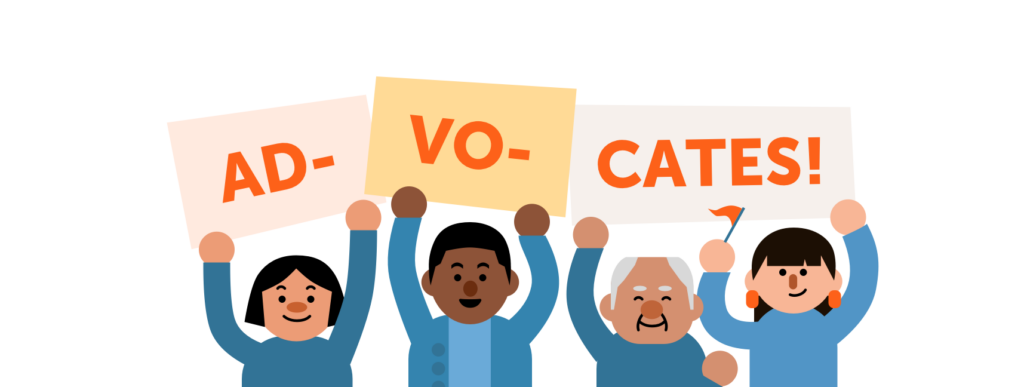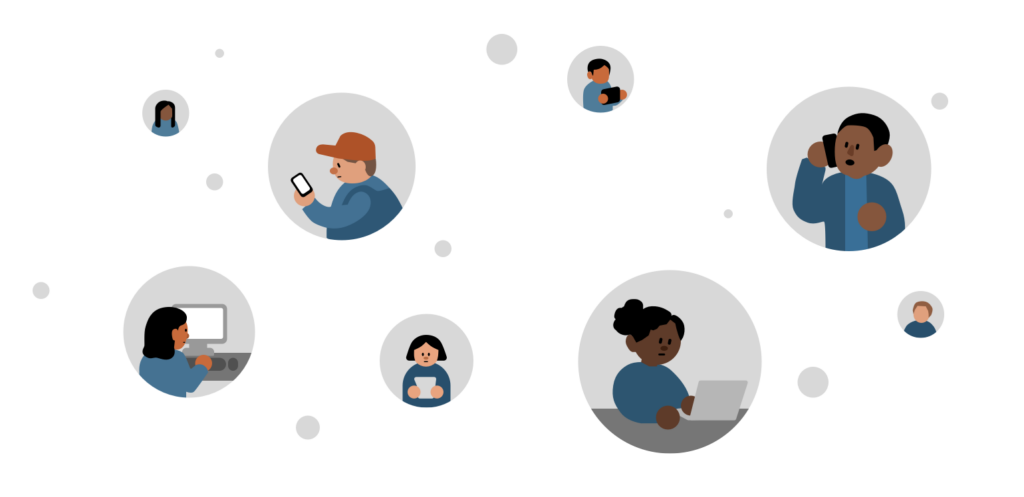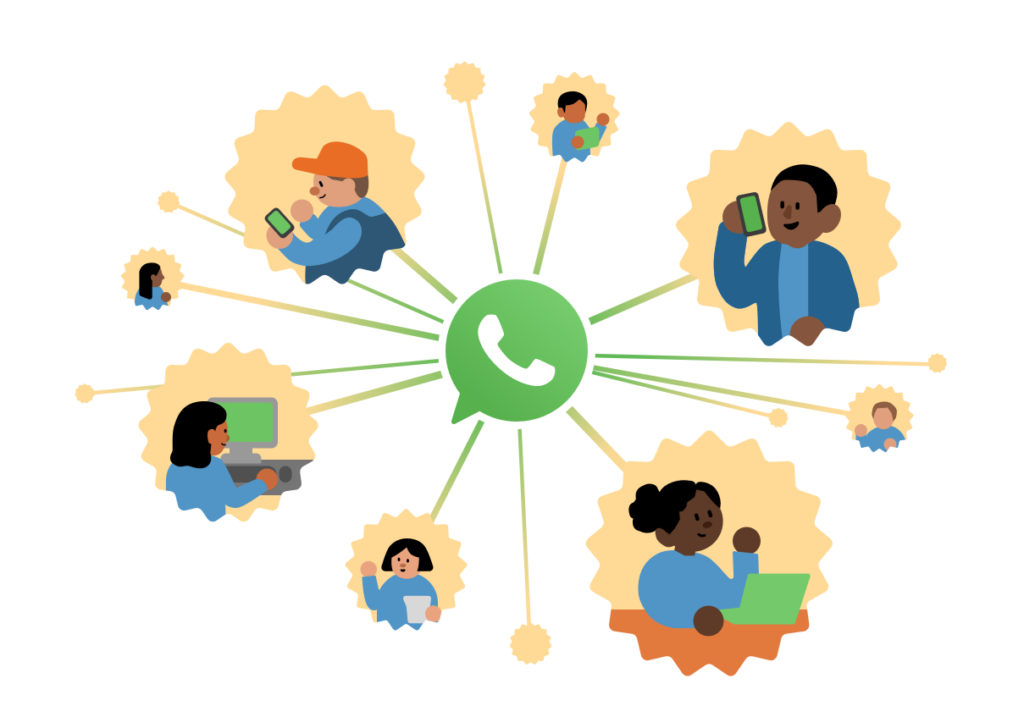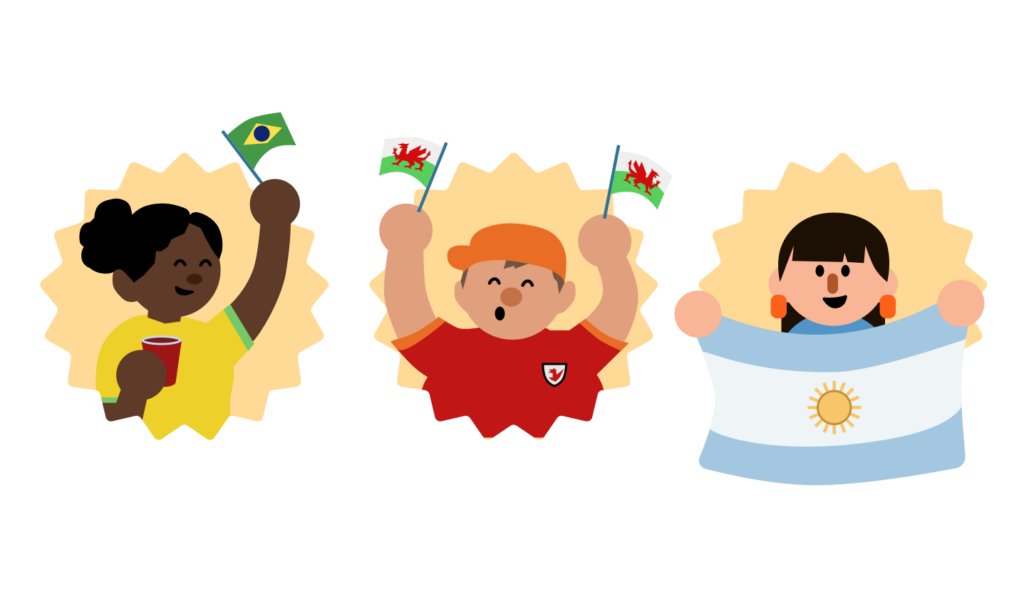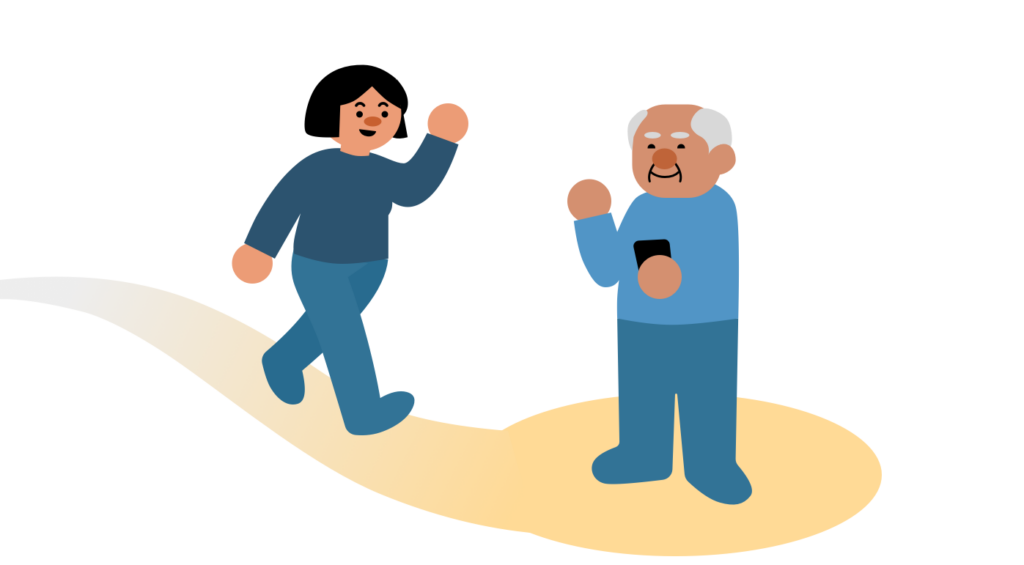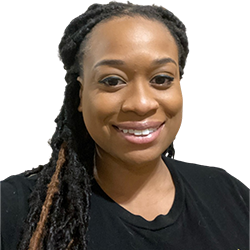An Advocate at Advocates: Using WhatsApp to Engage Deskless and Frontline Employees
What is the definition of an advocate?
ad·vo·cate
a person who argues for the cause of another
a person who argues for, recommends, or supports a cause or policy. advocate.
a person who argues for, recommends, or supports a cause or policy. advocate.
It is no wonder that the company Advocates has chosen this word as its namesake, as the word “advocate” effortlessly defines what the organization aims to do. “[Advocates is] committed to helping people with autism, brain injuries, mental health challenges, intellectual disabilities, or substance use issues live healthy, happy lives in the community.” The heart of its mission is partnering with individuals, families, and communities to shape creative solutions to even the greatest life challenges; providing care to people who need it.
It also makes perfect sense that Advocates hires an incredibly caring, thoughtful, and invested employee base. Moreover, it’s no wonder that somebody like James works there.
When I first met James Irungu, we were both attendees at an ALI Conference in Boston. Specifically, we were introduced at the Local Wisdom-sponsored annual karaoke event (when James was about 45 minutes out from singing a standout rendition of a Bob Marley song – later, he would tell me this was his karaoke debut!), where I casually asked, “So, what do you do?”
James’ face immediately lit up. He informed me that he is the Director of Internal Communications at the non-profit human services organization, Advocates. His passion was as evident as ever, and I was moved by how much his colleagues and the community they serve meant to him.
Fast forward six months later: James’ grin is still infectiously joyous as ever as he joins me for an interview to be featured in our Stories Worth Sharing series. Today’s discussion? An incredible initiative that James started at his company that has seen massive success.
James needed to engage the entire company
He had three main objectives for the initiative:
- Enhance communication with the creation of another channel beyond emails – one that could reach frontline workers and the audience was abundantly familiar with.
- Improve staff engagement and connection – even for the staff with easy access to email, he wanted a space for everyone to feel united with one another, which was especially important after COVID presented some inevitable challenges.
- Avoid Zoom/video call fatigue – after years and years of virtual meetings, he wanted a format that would break the mold and provide an opportunity free from the pressures that may come with on-camera meetings.
What’s Up, WhatsApp?
“I didn’t start off as the Director of Internal Communications… so I have a fairly good understanding of some of the communication challenges [at every level].”
James revealed that he had been at Advocates for 18 years, working his way from Direct Care Staff to Clinical Program Manager to Residential Program Director, and experiencing first-hand what employees in the organization encountered at every stage.
A few years ago, James and his team were looking for a way to enhance communication within the organization, especially for frontline and deskless staff. He understood that not everyone in the company has easy access to computers all the time, so James knew they had to do something with employees’ phones. Spending so much time in the program from every level, he knew that ‘WhatsApp,’ a simple and reliable private messaging and calling mobile app that is available all over the world, would be essential to this program.
Why WhatsApp? People were already there.
There are many reasons why WhatsApp is so popular, but one of the highlights is the free international calling. Many of the Advocates staff have family abroad, so employees likely already had this downloaded on their phones and were familiar with the application. James acknowledged:
“I knew we needed a solution, and the solution had to be something that staff already had in their pockets.”
Leaders got excited; they instantly “got” it and then helped push the initiative to ensure it was known around the organization. Another benefit is that WhatsApp also happens to be good with groups.
Chat & Learn.
The first thing they did was create an Advocates group within WhatsApp, and they offered staff the chance to join – entirely voluntarily with an opt-in mechanism! – and 200 employees signed up. From there, they started Chat & Learn, a bi-weekly series where leadership holds an hour-long conversation during which staff can ask questions about anything they please – work and non-work related. Usually, the first fifteen minutes start with an update or agenda from the featured guest, then it opens to questions, and it flows from there for an easy conversation:
“What drives you as a leader?”
“What does your department do? Are you expanding and hiring?”
“How did you develop your career and move up to your current position?”
“What do you do in your free time?”
The first chat of the month is with the CEO, Diane Gould, and the second one is open to any leader who wants to join the conversation. Not everyone works the “typical” 9-5 PM work hours, so the chat takes place on Wednesdays from 5:30 – 6:30 PM, a time that James’ team felt was the most convenient for employees to be available, no matter which shifts they typically work.
Another great perk? The group chat remains open and is used outside established Chat & Learn hours to further the conversation. In addition to Chat & Learn, the WhatsApp group is used as a space for sharing resources, notifications of work happenings, the introduction to new employees, getting to know coworkers on a more personal level, the announcement of free local concerts (and other fun events), and more. The group chat builds camaraderie and team morale – even when the discussion turns to (friendly) banter about rival soccer teams.
“During the [2022] World Cup, we especially had a lot of fun watching people follow that in the chat – it was very busy during that time… We use it for a lot of purposes.”
Perhaps the chat’s most important purpose is the jobs shared within the group.
“HR posts jobs in the chat, and these jobs reach people [who may] not have seen them. When you have an organization that has frontline workers, it can [cause them] to miss job announcements, … So I think this helped a little bit. We’re big on promoting internal positions, so we post the job on the company website and send it out internally, but this is another channel now that you can send to frontline workers or deskless employees, so they are getting the same job posting.”
Now, that’s an incredible benefit, if I’ve ever heard one.
The moral of the story is…
Meet people where they are.
It’s not just a good practice; it’s now essential for effective communication in today’s diverse and complex world.
By meeting people where they are, you will:
- Build trust and engagement
- Increase comprehension and retention
- Have meaningful and more complete interaction with your audience
- Break down communication barriers
- Promote inclusivity
- Provide accessibility
- …And much more
All these benefits are possible because the communication is presented in a way – and on a channel – that is familiar and relevant to your audience.
The solution may not be WhatsApp for your organization, it may be another avenue; but if you take the time to get to know your employee population and give them the platform that they need and could use more effectively, you are doing right by your employees.
Sometimes, leadership can get excited about new tools in this ever-changing world – and it is a wonderful thing to have such passion about enhancing communication practices. Still, it’s most important to understand if these new services will be easy for people to access, or if it will be an effort for them. Test it on the ground and fact-check it on the people on the frontlines. See if people will take the time to learn and use the new tool – Advocates found it best to reach people through this method, and it’s working for them. They were fortunate to have someone like James with a wealth of institutional knowledge from his prior roles.
It all goes back to meeting people where they are.
Advocates’ employees can access this chat from anywhere at any time, in a way that people can’t be reached over Zoom. Employees can open the chat when commuting via public transit, walking the dog, or cooking dinner. It’s not a huge lift for an after-hours event for those who work 9-5 PM, and it allows the flexibility for those on later shifts to still participate.
“To me, ‘meeting people where they are’ means creating a channel or utilizing a method that does not force the employee to change anything or download anything, and utilize something the employee has [instead of] doing something they don’t have…”
It’s also important to note that this Chat & Learn initiative at Advocates is in addition to all of the “more typical” avenues of employee communication. Meeting people where they are also means to keep doing what you’re doing if it’s working for specific groups. Therefore, the organization still has their Community Conversation company-wide meetings, they still have the regular ongoing email communications, and they still have the traditional Zoom meetings. They just recognized they needed something outside of these avenues to complement existing communication tactics.
As James reflected upon the launch and development of this initiative, I asked for three words to describe the Chat & Learn concept.
“It is empowering because it gives [deskless team members] the same information that other employees get through emails. It is engaging because it creates a space where leaders can be themselves, staff can ask questions, and nobody feels like they are taking time away from anything else. You can talk about your hobbies and not feel like you’re taking time from a more serious topic. It is innovative because it keeps evolving. The ways Advocates uses it continues to change… The uses are limitless: for careers, jobs, bringing on guests, sharing information about benefits, and more; you can keep coming up with ideas and implementing them there.”
Chat & Learn is one of the CEO’s favorite initiatives and has received high praise from senior members of the organization.
“A lot of the leaders love it because they can talk to people directly; so a lot of leaders have come to me to say, ‘this is really cool, and I’m glad I have access to my staff in a way that I have not before.’”
James knows how people are always looking for information. He’s happy that he could create a channel for people to communicate, and it’s one of the things he’s most proud of in his career at Advocates.
“It’s not the only solution, but I knew this was one that could help us move toward what [we were looking to solve].”
The End.
Want more detail and context to our sit-down interview with James? Watch the video below!



